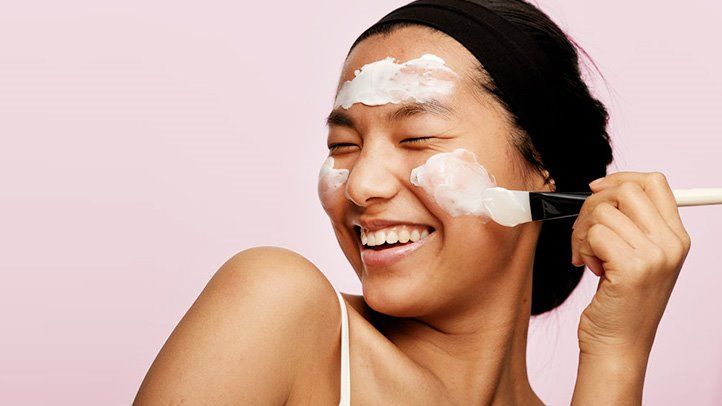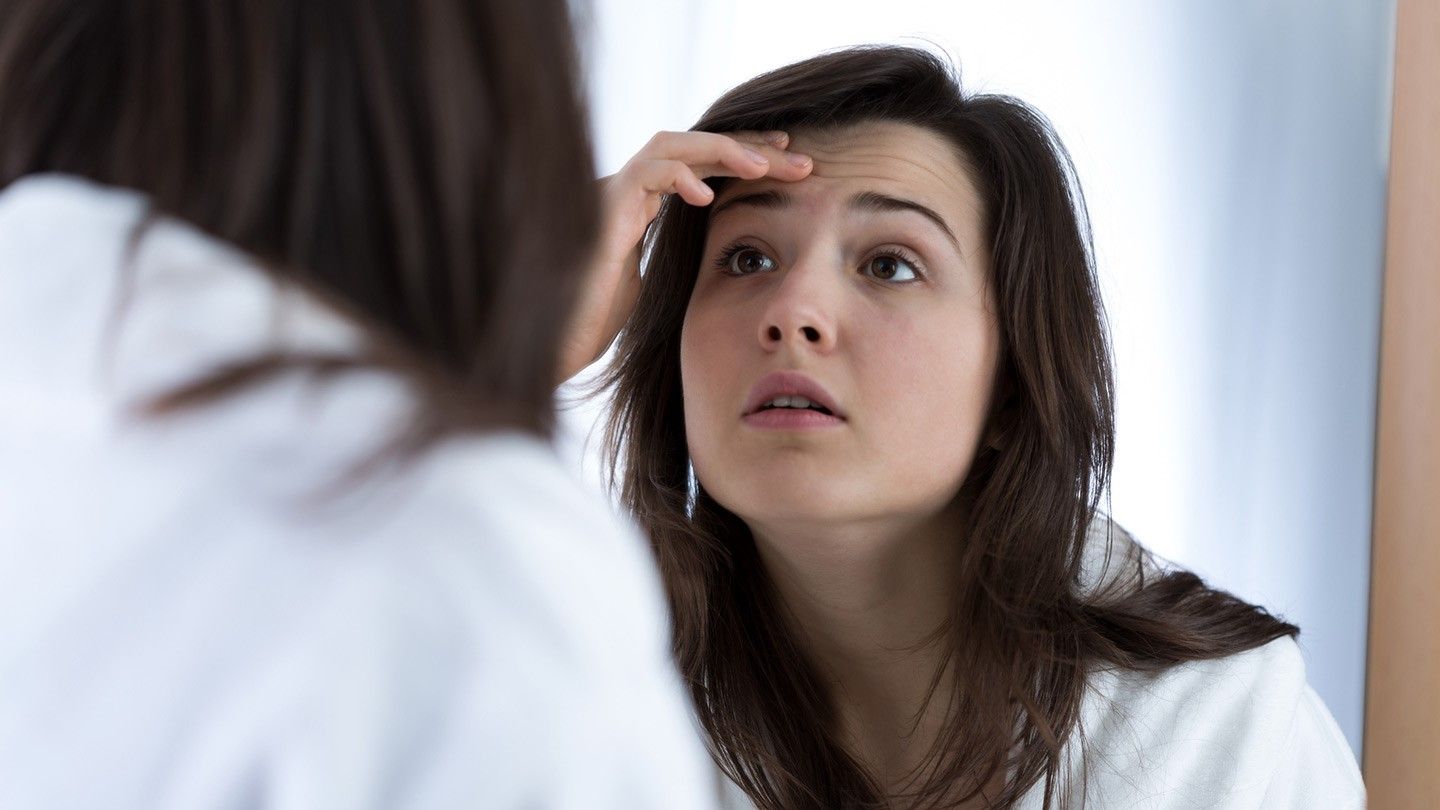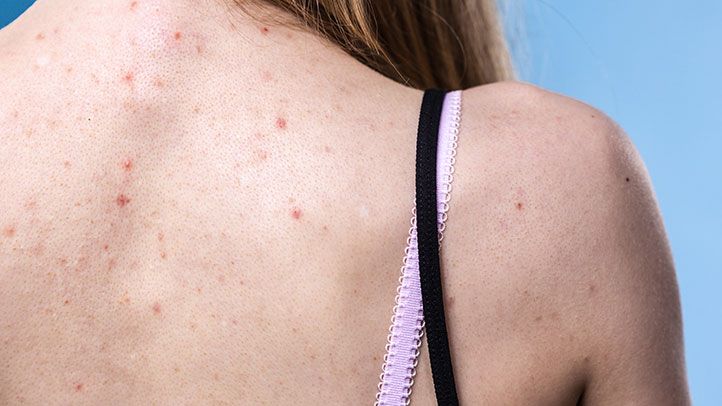What is Fungal Acne?
Fungal acne, also known as pityrosporum folliculitis or malassezia folliculitis, is a skin condition caused by an overgrowth of yeast on the skin. The specific yeast responsible is called malassezia. This yeast is naturally found on everyone's skin, but certain factors can trigger an overgrowth leading to fungal acne.
What Causes Fungal Acne on the Face?
There are a few contributing factors that can cause malassezia yeast to multiply rapidly on facial skin:
- Excess skin oils - The yeast feeds on skin oils (sebum)
- Hormonal changes
- Stress
- Humid and hot environments
- Sweating
- Using skincare products that feed yeast growth
Symptoms of Fungal Acne on the Face
The main symptoms of fungal acne include:
- Small whiteheads and closed comedomes
- Pimples that don't come to a head
- Itchy red bumps
- Occurs mainly on the forehead, cheeks, and jawline
Fungal Acne Treatment
Getting rid of fungal acne requires treating the yeast overgrowth. Some effective treatment methods include:
Over-the-Counter Anti-Dandruff Shampoo
Shampoos containing zinc pyrithione, ketoconazole, or selenium sulfide have anti-fungal properties and can be used as a facial wash.
Prescription Anti-Fungal Medications
If OTC shampoos aren't strong enough, visiting a dermatologist can provide access to prescription strength anti-fungal face washes, creams containing ketoconazole, or oral medications.
Probiotic Skincare Products
Probiotics help balance skin and prevent overgrowth of bad microbes like fungus. Using probiotic skincare products can help treat and prevent fungal acne.
FAQs
What's the difference between fungal acne and regular acne?
The main difference is that fungal acne is caused by a yeast/fungus growth on the skin rather than bacteria. Fungal acne also looks more like small uniform whiteheads/closed comedomes rather than the inflamed red pimples caused by regular acne bacteria.
Can fungal acne spread between people?
No, fungal acne cannot be spread between people through contact. The malassezia yeast that causes it is naturally found on everyone's skin already.
Can fungal acne scarring occur?
While fungal acne itself doesn't cause scarring, picking at the bumps can potentially lead to infection and scars. It's best not to pick pimples and let them heal on their own.
Does fungal acne go away on its own?
In mild cases with only a small number of bumps, fungal acne may clear up without treatment. However if the yeast overgrowth continues, then actively treating it is necessary.
What foods trigger fungal acne?
Foods that are high in sugar, carbs and oils can worsen fungal acne. This includes things like white bread, soda, chips, fast food, and fried foods.
Disclaimer: This article is for informational purposes only and does not constitute medical advice. Always consult with a healthcare professional before starting any new treatment regimen.
Related Coverage
Learn what causes lip zits and how to get rid of them fast using warm compresses, OTC creams, antibiotics, lifestyle changes and dermatologist treatments....
Trade refined white buns for nutritious whole wheat or low carb burger bun alternatives like lettuce, mushroom caps, nut/seed buns, cheese, coconut flour buns, or protein buns....
Soothe acne-prone skin with these natural remedies and ingredients like tea tree oil, honey, aloe vera, green tea, and witch hazel. Discover the best natural acne products for a clear, healthy complexion....
Pimples on the knee are common and have various causes. Learn how to treat and prevent knee pimples at home, when to seek medical care, and how dermatologists can help....
All body types are normal and healthy. Learn to accept your natural shape through self-care, nutrition, and exercise for overall well-being....
Discover the intricate relationship between sebum, air exposure, and acne formation. Explore the role of sebum plugs, Propionibacterium acnes, and various contributing factors in this comprehensive guide to understanding and managing acne....
Learn where to buy dried graviola leaves and how to use them to make tea. Get info on the health benefits, traditional uses, safety, and side effects of this medicinal plant....
Find the exact Aklief dosage, step‑by‑step application tips, safety advice, and pump counts for face and body to clear acne....
Bacne or back acne often responds well to over-the-counter washes, but severe cases may need prescription medications, professional extractions, lasers, peels, and microneedling to clear skin and minimize scarring....
2025 Aczone cost: see co‑pay ranges, use coupons or discount cards, and switch to generic dapsone to lower out‑of‑pocket price....









